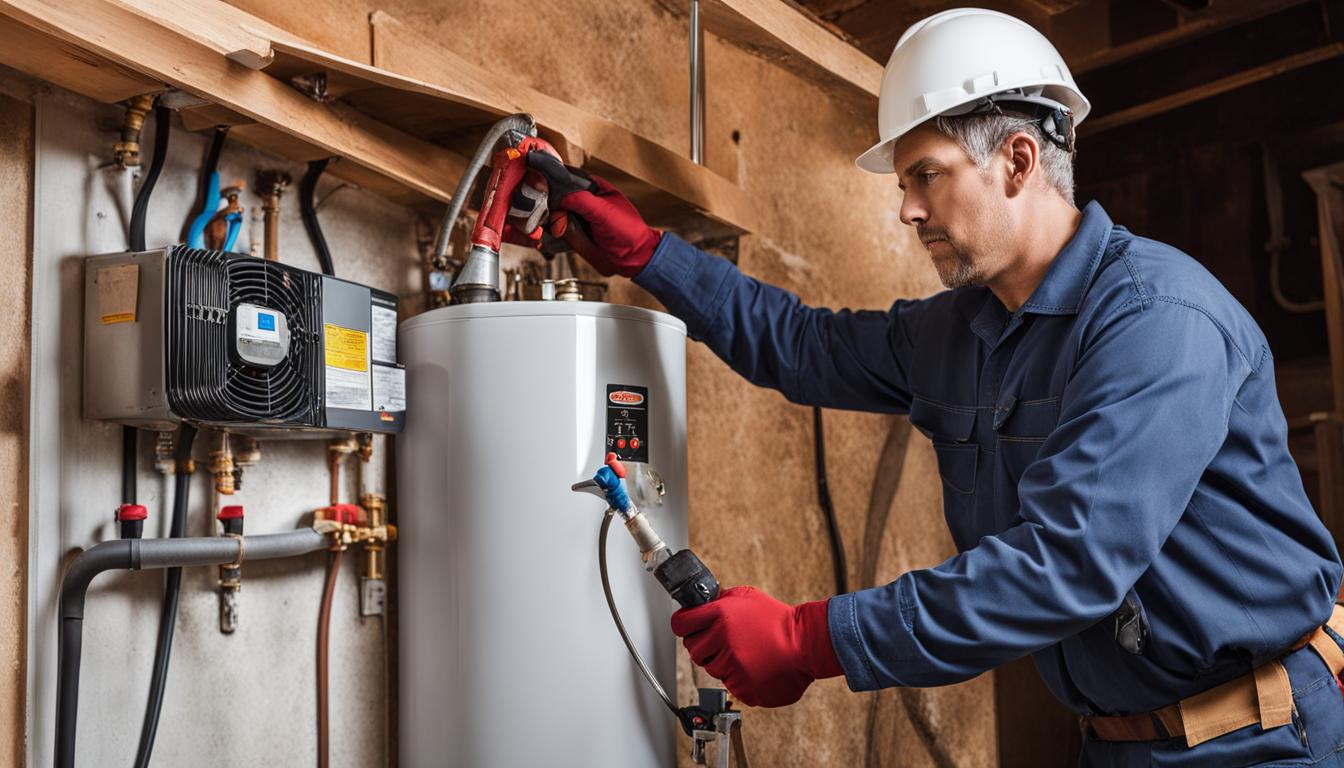Step-by-Step Guide to Maintaining Your Home's Hot Water SystemProfessional Tips on Caring for Your Home's Hot Water System
Step-by-Step Guide to Maintaining Your Home's Hot Water SystemProfessional Tips on Caring for Your Home's Hot Water System
Blog Article
The content below on the subject of Tips on Maintaining a Water Heater is truly interesting. Read on and draw your own findings.

Warm water is essential for everyday comfort, whether it's for a refreshing shower or cleaning recipes. To guarantee your hot water system runs efficiently and lasts longer, regular upkeep is crucial. This article gives sensible ideas and insights on just how to preserve your home's hot water system to stay clear of disruptions and costly repairs.
Intro
Preserving your home's hot water system might appear challenging, but with a couple of easy steps, you can guarantee it operates efficiently for many years to come. This overview covers whatever from understanding your warm water system to DIY upkeep suggestions and recognizing when to employ specialist aid.
Value of Maintaining Your Hot Water System
Normal maintenance not just prolongs the lifespan of your warm water system but likewise ensures it runs efficiently. Ignoring maintenance can cause decreased efficiency, higher power bills, and also early failure of the system.
Indications Your Warm Water System Demands Maintenance
Understanding when your warm water system requires attention can avoid significant concerns. Look out for signs such as inconsistent water temperature, weird sounds from the heater, or rustic water.
Understanding Your Hot Water System
Prior to diving into upkeep jobs, it's useful to recognize the standard parts of your hot water system. Usually, this consists of the water heater itself, pipes, anode poles, and temperature level controls.
Regular Monthly Upkeep Tasks
Regular regular monthly checks can aid capture minor problems prior to they escalate.
Flushing the Hot Water Heater
Purging your water heater eliminates debris build-up, improving performance and extending its life.
Monitoring and Changing Anode Rods
Anode rods avoid rust inside the container. Inspecting and replacing them when worn is important.
Checking and Readjusting Temperature Settings
Changing the temperature level setups makes certain ideal efficiency and safety and security.
DIY Tips for Maintenance
You can carry out a number of upkeep jobs on your own to maintain your warm water system in leading problem.
Checking for Leaks
Frequently examine pipes and connections for leaks, as these can lead to water damage and greater costs.
Examining Stress Alleviation Valves
Examining the stress safety valve guarantees it operates appropriately and prevents excessive pressure buildup.
Insulating Pipes
Insulating hot water pipelines lowers warmth loss and can conserve power.
When to Call a Specialist
While DIY maintenance is useful, some problems need expert knowledge.
Complicated Issues Requiring Professional Help
Examples include significant leaks, electrical problems, or if your water heater is consistently underperforming.
Regular Specialist Upkeep Advantages
Professional maintenance can consist of detailed assessments, tune-ups, and guaranteeing compliance with safety requirements.
Verdict
Routine maintenance of your home's hot water system is crucial for performance, durability, and cost financial savings. By adhering to these ideas and knowing when to seek specialist assistance, you can guarantee a trusted supply of warm water without unexpected disruptions.
How to Maintain an Instant Hot Water Heater
Before tinkering with your hot water heater, make sure that it’s not powered on. You also have to turn off the main circuit breaker and shut off the main gas line to prevent accidents. Also turn off the water valves connected to your unit to prevent water from flowing into and out of the appliance. 2. When you’re done, you have to detach the purge valves’ caps. These look like the letter “T” and are situated on either side of the water valves. Doing so will release any pressure that has accumulated inside the valves while at the same time avoid hot water from shooting out and burning your skin. 3. When the purge valves’ caps are removed, you have to connect your hosing lines to the valves. Your unit should have come with three hoses but if it didn’t, you can purchase these things from any hardware or home repair shops. You can also get them from retail stores that sell water heating systems. Read the user’s manual and follow it to complete this task properly. When the hosing lines are connected, open the purge port’s valves. 4. You should never use harsh chemical cleaners or solutions when cleaning your unit. Make use of white vinegar instead. It should be undiluted and you’ll probably use about 2 gallons. 5. Now flush your water heater. This task should probably take about 40 minutes. We can’t give you specific directions for this because the procedure is carried out depending on the type, model and brand of your heater. With that being said, refer to the user’s manual. 6. When you’re done draining the unit, you have to turn off the purge port valves again. Remove the hosing lines that you earlier installed on each of the water valves. Put the valve caps (purge port) back in their respective places and be very careful so as not to damage the rubber discs that are found inside these caps. 7. Now that everything’s back in place, check your user’s manual again to find out how to reactivate your water heating system. 8. Once it is working, turn one of your hot water faucets on just to let air pass through the heater’s water supply pipes. Leave the tap on until water flows smoothly out of it. https://www.orrplumbing.com/blog/2014/september/how-to-maintain-an-instant-hot-water-heater/

I recently found that write up on Tips on Maintaining a Water Heater while surfing around the search engines. Appreciated our blog entry? Please quickly share it. Help someone else discover it. I praise you for your time. Please pay a visit to our blog back soon.
Click On This Link Report this page